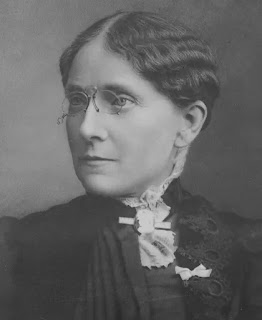Read Part One HERE
In this post I will continue to focus on a woman named Frances Elizabeth Caroline Willard. She lived from 1839 - 1898. Frances's suffrage argument also hinged on her interpretation of Scripture. She claimed that natural and divine laws called for equality in the American household, with the mother and father sharing leadership. She expanded this notion of the home, arguing that men and women should lead side by side in matters of education, church, and government, just as "God sets male and female side by side throughout his realm of law."
Frances's work took to an international scale in 1883 with the circulation of the Poly.glot Petition against the international drug trade. She also joined May Wright Sewall at the International Council of Women meeting in Washington D.C., laying the permanent foundation for the National Council of Women of the United States.She became the organizations's first president in 1888 and continued in that post until 1890.
Frances also founded the World WCTU in 1888 and became its president in 1893. She collaborated closely with Lady Isabel Somerset, president of the British Women's Temperance Association, whom she visited several times in the United Kingdom.
Frances died in 1898.
Read Part One Hundred And Seventy-One HERE








